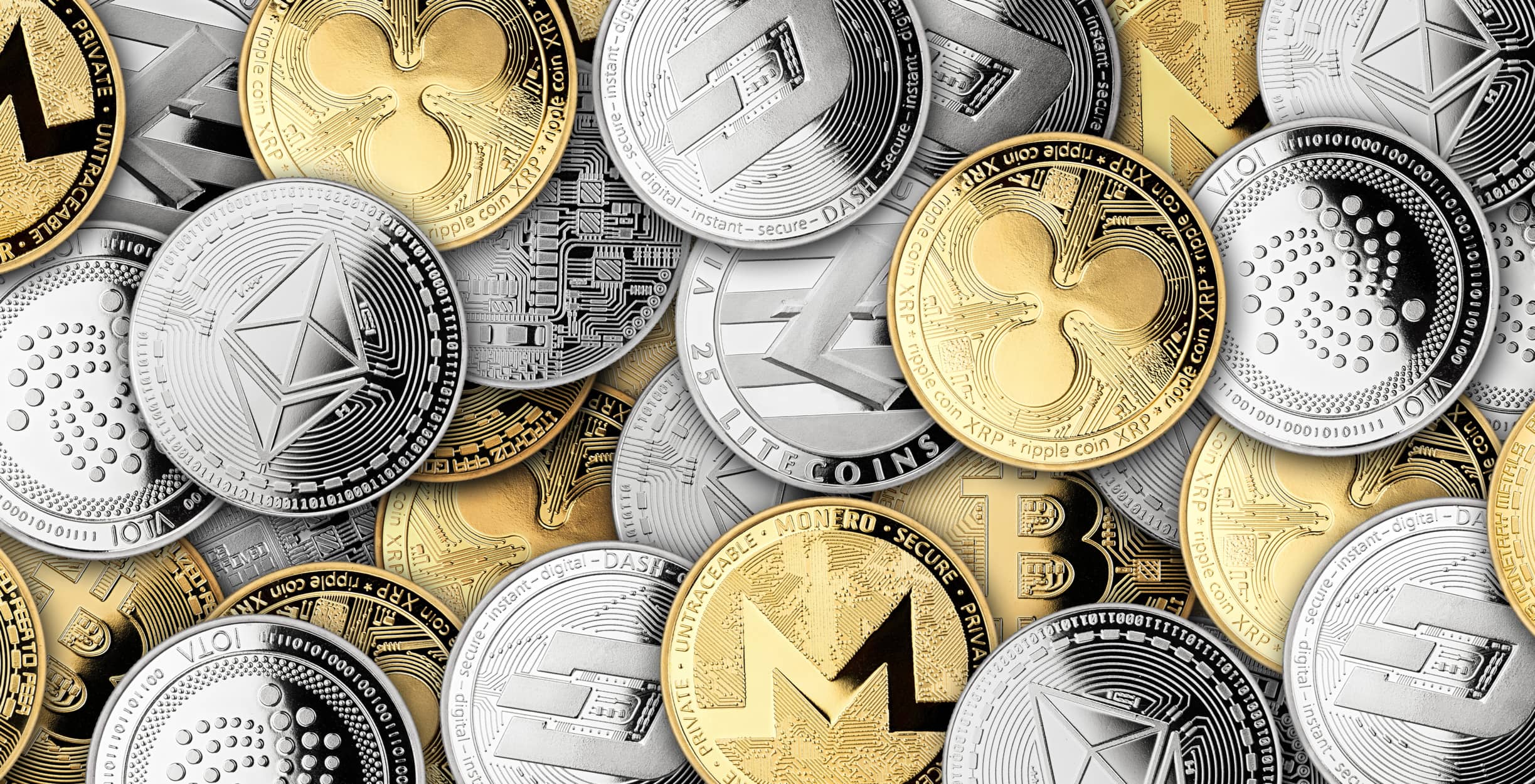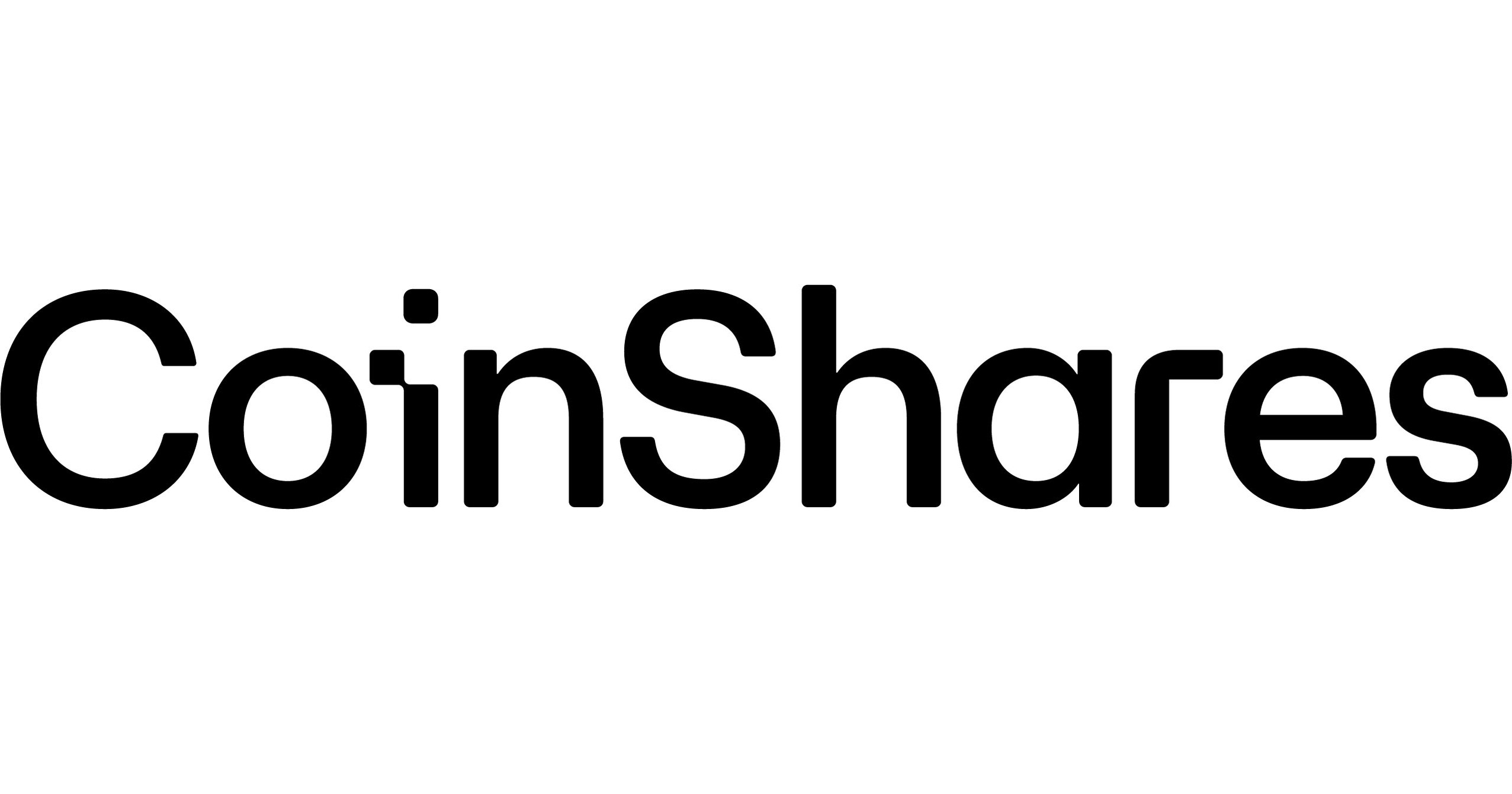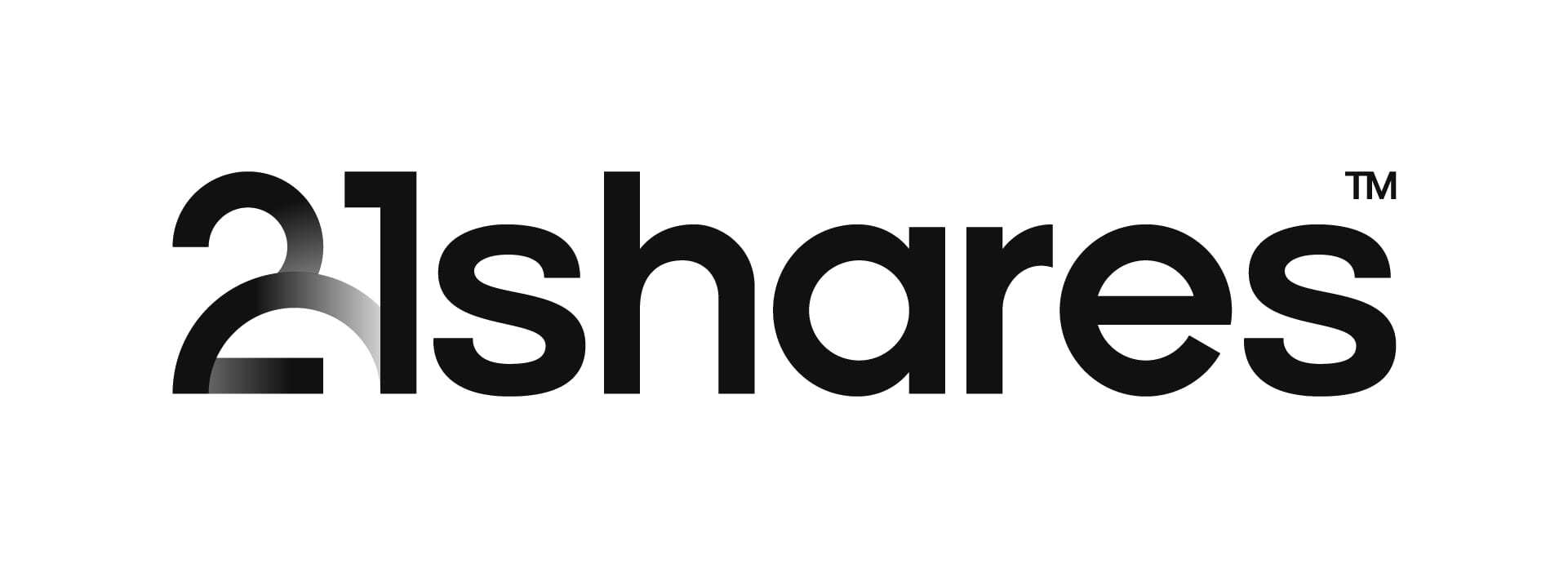The ongoing evolution in exchange-traded products (ETPs) and cryptocurrencies has now become a symbiotic process, with an increasing range of exotic tokens now available in wrapped structures offering investors secure and liquid access.
The overlap of ETFs and crypto is a story spanning no more than a few years, but one that is accelerating as investors seek a familiar vehicle to tap into the crypto growth story of the pandemic volatility era. Development is now happening at both ends of the spectrum.
On one side, the world’s largest asset managers are breaking ground with their first bitcoin ETPs and lobbying for regulatory acceptance in the US and UK. On the other side – and our focus in this overview – are the more specialist crypto ETP issuers, venturing into the less mainstream midcap part of the market.
Binance BNB
Kicking off our list is the native token of the world’s largest crypto exchange, Binance, whose BNB coin was founded in 2017 and now boasts a market cap of $65.7bn, as at 19 February.
Initially working on the ethereum blockchain as a way to pay binance fees, BNB was transferred onto Binance Chain and is used for a variety of functions on the platform.
These range from being traded for other cryptos; paying transaction fees; payment for crypto credit card bills; payment processing; being used as collateral; and even everyday functions such as investing in stocks and ETFs, buying lottery tickets and booking flights and hotels on certain sites.
Of the tokens mentioned in our overview, BNB’s involvement in ETPs appears relatively mature, having been captured in the 21Shares Binance BNB ETP (ABNB), which launched in October 2019.
Ripple XRP
Next, open-source protocol-based platform ripple has the XRP token, with a market cap of $39.2bn. Starting life as opencoin before transforming into ripple, the platform and its native coin are designed to allow financial institutions to transfer money with minimal wait times and fees.
By 2018, more than 100 banks were using ripple’s current messaging technology but avoided XRP due to concerns around volatility.
Based on a common shared ledger, the platform relies on a network of independent servers that compare transaction records. Ripple can support a range of tokens representing fiat currencies, cryptocurrencies, commodities and other units of value such as frequent flier miles and mobile minutes.
A sticking point for the platform was the lawsuit brought against it by the US Securities and Exchange Commission, with the regulator stating XRP had been illegally marketed to retail investors without making clear the risks involved in trading the asset.
This update saw 21Shares remove XRP from its mixed-basket HODL ETP, but investors can still gain exposure via the 21Shares Ripple XRP ETP (AXRP) and the CoinShares Physical XRP (XRPL).
Cardano ADA
One of the headline-grabbers of 2021 was the ADA coin and its cardano platform, with a market cap of $33.3bn on 19 February, down from more than $42.5bn last July.
The cardano infrastructure relies on Ouroboros, once the world’s largest proof-of-stake (PoS) protocol by some distance.
The advantage of this framework is its much lower energy consumption versus the proof-of-work (PoW) protocols currently used by most cryptos. In fact, the Ethereum Foundation has announced it plans to shift its native currency onto PoS.
Cardano allows developers to construct decentralised applications and conduct peer-topeer transactions via its native token, ADA. Now the world’s fourth-largest crypto infrastructure, cardano has a settlement layer, similar to bitcoin, and a computation layer, similar to ethereum.
At present, the 21Shares Cardano ADA ETP (AADA), the ADAetc ETC Group Physical Cardano (RDAN) and the Valour Cardano (ADA) SEK ETP offer investors pure exposure to the coin within an exchange-traded wrapper.
Solana SOL
Another coin enjoying a price spike last year was solana’s SOL; however, even after declining, the token has a market cap of $29.2bn, up from $9.1bn last July.
Setting itself apart from bitcoin’s PoW protocol and traditional PoS-based tokens such as ADA, SOL relies on a third-generation PoS blockchain that creates a trustless system for determining transaction time called Proof of History (PoH). Versus a PoW protocol, a PoH orders transactions in a series of hashes, allowing validators to process and transmit less information in each block, in turn reducing the time it takes to confirm a new block.
Solana also uses other capabilities – Tower BFT, Turbine, Gulf Stream, Sealevel, Pipelining, Cloudbreak, Archivers – to create a network with a 400-millisecond block time, versus 10 minutes per block for bitcoin and 15 seconds per block for ethereum.
The first ETP offering pure exposure to solana was the 21Shares Solana (SOL) ETP (ASOL). Since then, investors have also been able to gain access via the SOLetc ETC Group Physical Solana (ESOL) and the Valour Solana (SOL) SEK ETP.
Terra LUNA
Next on our list is a double symbolic framework, comprising the LUNA guarantee token and the terra stablecoin, with a market cap of $19.8bn.
Built with the cosmos SDK and tendermint, a Byzantine Fault Tolerant PoS algorithm, terra is collateralised by LUNA.
Co-founded four years ago by Daniel Shin, one of the founders of South Korean eCommerce platform TicketMonster, and Do Kwon, a former Microsoft and Apple software engineer, the terra ecosystem includes decentralised finance (DeFi) infrastructure, financial tools applications and NFT solutions.
The terra blockchain technology allows up to 10,000 transactions per second versus 15-30 transactions for ethereum.
Captured first by the 21Shares Terra ETP (LUNA) in January 2022, exposure to the token has since been offered by the Valour Terra (LUNA) ETP.
Avalanche AVAX
Avalanche is an open-source platform, based on a PoS protocol, whose AVAX token had a market cap of $18.1bn on 19 February.
Avalanche is an open, programmable smart contracts platform used for DeFi applications and enterprise blockchain applications, with the aim of rivalling ethereum with its high speed.
Avalanche’s core innovation is that it is composed of three blockchains rather than the usual one, enabling the distribution of tasks while achieving decentralisation, security and scalability.
One of the more recent cryptos to be available in wrapped format, AVAX is targeted by the 21Shares Avalanche ETP (AVAX), which launched last November, and more recently by the Valour Avalanche (AVAX) ETP.
Polkadot DOT
Next on the list, the $17.4bn polkadot platform and its DOT token were created by ethereum co-founder Gavin Wood.
Designed as a sharded heterogeneous multichain architecture, polkadot allows external networks and customised layer-one ‘parachains’ to communicate, creating a connected internet of blockchains.
Wood developed the polkadot protocol while mulling the sharding hurdles that might be faced in the ethereum 2.0 specification.
By embedding sharding, the platform breaks down the blockchain network into separate entities to reduce latency – allowing it to scale and process more transactions per second.
Currently, exchange-traded exposure to the protocol is offered by the 21Shares Polkadot ETP (ADOT), Valour Polkadot SEK ETP, SEBA Bank’s SA1 Polkadot ETP (SDOT), CoinShares Physical Staked Polkadot (CDOT) and the DOTetc ETC Group Physical Polkadot (PLKA).
Litecoin LTC
Next is a crypto that began as an early bitcoin spinoff in 2011. Litecoin is a peer-to-peer digital asset released via an open-source client on GitHub, with a market cap of $8.1bn.
Though bearing many similarities to bitcoin in its technical makeup, litecoin differentiates from the mega-cap coin in its lower block generation time (two-and-a-half minutes versus 10 minutes), a higher maximum number of coins along with different hashing algorithms and user interface.
The coin also uses scrypt in its PoW algorithm, which is a sequential memory-hard function that requires more memory than non-memory-hard equivalents. Consequently, the devices used for litecoin mining are more complex and expensive than those used for bitcoin prospecting.
The CoinShares Physical Litecoin (LITE) and the ETC Group Litecoin ETC (ELTC) currently track the performance of the asset.
Cosmos ATOM
Cosmos, based on a PoS InterBlockchain Communication protocol, is an ecosystem of blockchains including ethereum and terra, which interoperate with one another. The platform’s native token, ATOM, has a market cap of $7.8bn.
The team behind the platform and its coin aim to create an Internet of Blockchains (IoB) that communicate in a decentralised way and contribute to the early stages of the metaverse. Its ecosystem includes decentralised finance infrastructure including financial tools such as wallets, smart contracts and gaming applications.
The blockchain has integrated over 262 applications, as of January, and has an estimated value of $155bn locked into the technology.
The decentralised digital asset exchange creates a router between chains such as ethereum and bitcoin and acts as a custodian feature for digital assets.
First captured in ETP format as recently as January 2022, investors can gain wrapped exposure via the 21Shares Cosmos ETP (ATOM).
Chainlink LINK
An asset first offered in ETP format even more recently than ATOM is chainlink and its LINK token, with a market cap of $7.2bn.
Founded in 2017 by Sergey Nazarov and Steve Ellis as a bridging tool for blockchain and offchain environments, the platform integrated Town Crier – an execution environment-based blockchain oracle – in 2018 and then formally launched in 2019.
Based on a decentralised blockchain oracle network built on ethereum, chainlink’s network is designed to transfer tamper-proof data from off-chain sources to on-chain smart contracts.
The 21Shares Chainlink ETP (LINK) launched in February to offer investors access to the bridging platform and its token.
A crypto for every occasion
Moving down the market cap spectrum, there are also exchange-traded strategies targeting tron TRX, algorand ALGO, bitcoin cash BCH, FTX exchange FTT, stellar XLM, tezos XTZ and uniswap UNI.
For those seeking a more diversified crypto exposure, the likes of 21Shares, WisdomTree and VanEck offer basket crypto ETPs.
These range from market-cap-weighted, to equal-weighted and midcap exposures, with many capturing some of the coins detailed in our overview.
Looking ahead, innovation in multi-asset, active management and staking will complement the continued stream of new cryptos offered in wrapped format.
Their popularity and longevity will ultimately depend on whether the asset class can keep capturing investors’ imaginations and whether institutional adoption affects its attractiveness as a tool for non-correlation.
This article first appeared in ETF Insider, ETF Stream's monthly ETF magazine for professional investors in Europe. To access the full issue, click here.
Related articles








